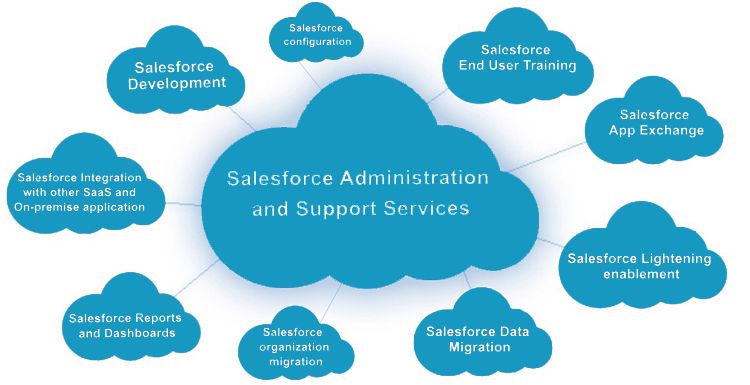
For decades, the insurance claims process has been a necessary evil—a cost center, an operational headache, and, all too often, the moment a customer’s loyalty is shattered. The traditional model, bogged down by paperwork, manual handoffs, and legacy systems, created a frustrating experience for everyone involved: the claimant, the agent, and the adjuster.
But a profound shift is underway. Forward-thinking insurers are no longer viewing claim management as just a transactional process to settle a loss. Instead, they are recognizing it as the single most critical touchpoint in the customer lifecycle—a moment of truth that can transform a one-time policyholder into a lifelong advocate. This transformation is powered by digitalization, data, and a renewed focus on the human experience.
Here’s how modern claim management is evolving from a back-office function into a powerful engine for growth and retention.
1. The Digital-First FNOL: Speed, Accuracy, and Empathy from Minute One
The First Notice of Loss (FNOL) sets the tone for the entire claim journey. A frustrating start often leads to a dissatisfied customer, regardless of the final payout. The modern FNOL is being reimagined to be as seamless as the online shopping experience customers are accustomed to.
- Omni-Channel Intake: Customers can report a claim through their channel of choice—a mobile app, a customer portal, a phone call, or even via chat—without having to repeat their story. Data flows seamlessly between these channels, giving the assigned adjuster a complete picture from the start.
- Self-Service Portals and Mobile Apps: Policyholders can upload photos of the damage, track their claim status in real-time, and communicate directly with their adjuster 24/7. This transparency reduces anxiety and countless status-update calls, freeing up adjusters to handle more complex tasks.
- Guided FNOL with AI: Intelligent systems can now guide users through the information-gathering process using dynamic questionnaires. For a simple auto glass claim, the system might ask for a photo and the vehicle location. For a complex water damage claim, it can prompt for more detailed information, helping to triage the claim accurately from the very beginning.
2. The Power of Integration: Creating a Cohesive Ecosystem
A claim does not exist in a vacuum. It is intrinsically linked to policy details, billing history, underwriting data, and a network of third-party vendors. Modern claim management breaks down these silos.
- The 360-Degree View: When an adjuster opens a claim file, they should see more than just the loss details. An integrated system provides a holistic view of the customer: their policy coverage limits, past claims history, communication preferences, and even notes from the sales agent. This empowers the adjuster to offer personalized, empathetic service.
- Seamless Vendor Management: The system can automatically assign tasks to a pre-vetted network of contractors, auto repair shops, or restoration specialists based on the loss type, location, and availability. Status updates from the vendor flow directly back into the claim file, creating a seamless loop and eliminating frantic phone calls and emails.
- Data-Driven Fraud Detection: By integrating with external databases and AI-powered fraud detection tools, insurers can automatically flag suspicious claims for further investigation. This protects the bottom line and helps keep premiums fair for honest policyholders.
3. Leveraging AI and Automation: The Superhuman Adjuster
The goal of automation is not to replace the insurance adjuster but to augment their capabilities. By handling repetitive tasks, technology allows adjusters to focus on the nuanced, high-touch aspects of claim handling that require human empathy and complex judgment.
- Straight-Through Processing (STP): For low-complexity, high-frequency claims (like minor windshield repairs or travel delays), automation can handle the entire process—from submission and validation against policy rules to approval and payment—without human intervention. This results in settlements that can be completed in minutes or hours, not days.
- Intelligent Triage and Routing: AI can analyze the initial claim data to automatically assess complexity, estimate potential severity, and route it to the most appropriate adjuster. A hail damage claim goes to a property specialist, while a complex liability dispute is directed to a senior adjuster with the right expertise.
- Predictive Analytics: Advanced analytics can forecast the potential cost of a claim based on historical data with similar characteristics. This helps with more accurate reserving and allows adjusters to proactively manage claims that have the potential to become expensive or litigious.
4. The Outcome: Transforming a Cost Center into a Profit Driver
When claim management is modernized, the benefits cascade across the entire organization, directly impacting the bottom line.
- Enhanced Customer Loyalty and Retention: A fast, fair, and transparent claims experience is the strongest retention tool an insurer has. A customer who feels cared for during a stressful event is far more likely to renew their policy and recommend the insurer to others.
- Reduced Loss Adjustment Expenses (LAE): Automation, streamlined workflows, and effective vendor management significantly reduce the administrative costs associated with settling a claim.
- Improved Loss Ratios: Faster, more accurate settlements, combined with robust fraud detection, lead to better control over the total amount paid out in claims, directly improving the combined ratio.
- Data for Product Innovation: The rich data collected throughout the modern claims process provides invaluable insights. Insurers can identify common risks, understand emerging trends, and use this information to develop new, relevant products for a changing market.
Conclusion: The Future is Proactive, Not Reactive
The ultimate evolution of claim management is moving from reactive to proactive. Imagine a system that automatically triggers a claim when a connected home sensor detects a water leak, dispatches a mitigation crew, and sends an alert to the homeowner—all before they even know there’s a problem.
This future is within reach. However, achieving it requires more than just purchasing new software. It demands a strategic partner who understands both the intricacies of insurance and the power of digital transformation.
This is where Aptivus Solutions delivers exceptional value. We specialize in helping insurers navigate this complex evolution. Our experts don’t just implement technology; we architect tailored, scalable solutions that unify data, automate workflows, and empower your team. We help you leverage platforms like Salesforce to build a claims ecosystem that enhances operational efficiency, reduces costs, and, most importantly, delivers the exceptional experiences that today’s customers demand.
Ready to transform your claims department from a cost center into your most powerful competitive asset? Contact Aptivus Solutions today for a complimentary consultation and begin your journey toward modern, profitable, and customer-centric claim management.




